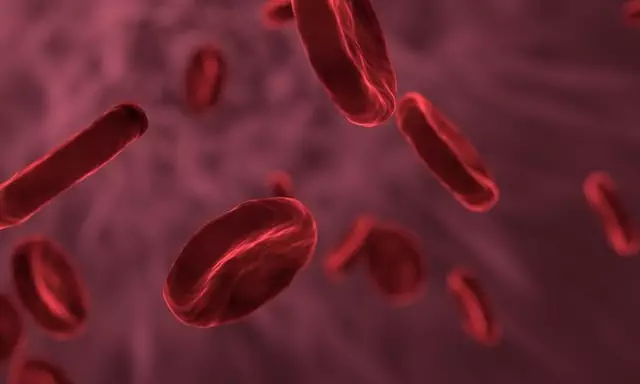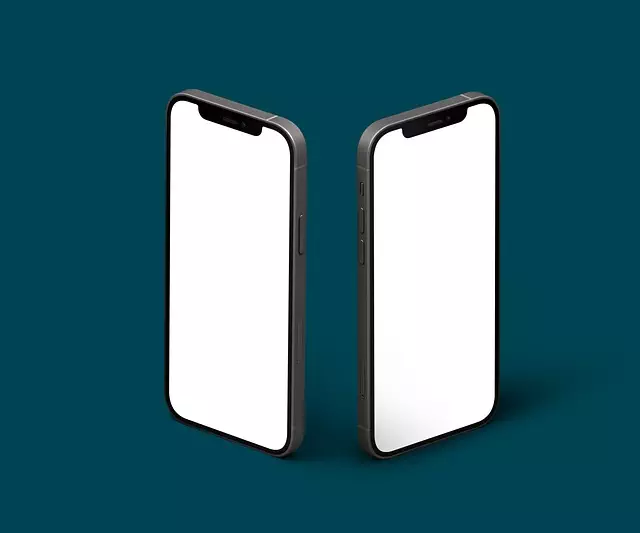Full-body fat freezing (cryolipolysis) is a non-invasive body contouring treatment that reduces localized fat deposits across multiple areas using sub-zero temperatures. It's suitable for individuals seeking long-term reduction in body fat percentage from stubborn fat bulges, with minimal side effects and no downtime. Common temporary side effects include redness and swelling, while rare complications may include tissue damage or infection. Results vary among individuals and depend on lifestyle factors post-treatment. To maintain freeze fat cells results, it's recommended to adopt a balanced diet, engage in regular physical activity, prioritize sleep, and manage stress.
“Discover the transformative power of full-body fat freezing—a non-invasive body contouring treatment that’s revolutionizing weight management. This comprehensive guide delves into the science behind freezing fat cells, exploring its benefits for targeted areas and ideal candidates. Learn about the safe procedure, what to expect during and after treatment, and essential lifestyle changes to maintain long-lasting results. Understand why full-body fat freezing is a popular choice for those seeking a permanent solution to stubborn fat.”
Understanding Full-Body Fat Freezing: A Comprehensive Overview

Full-body fat freezing, also known as cryolipolysis, is a non-invasive body contouring treatment that aims to reduce stubborn fat deposits across multiple areas simultaneously. This procedure involves cooling targeted fat cells to temperatures below -13°F (-25°C), causing them to crystallize and eventually die. The body’s natural process then eliminates these damaged fat cells, leading to a slimmer, more toned appearance.
Unlike traditional liposuction, full-body fat freezing offers a non-surgical alternative that doesn’t require any incisions or downtime. It is suitable for individuals with localized fat bulges who seek a long-term reduction in body fat percentage. During the treatment, cold air is applied to the skin, targeting deep subcutaneous fat. This technology selectively freezes and destroys fat cells while leaving other tissues unharmed, making it generally safe for most candidates.
How Does Fat Freezing Work? The Science Behind It

Fat freezing, or cryolipolysis, is a non-invasive fat reduction procedure that targets and freezes specific fat cells. This treatment has gained popularity as a game-changer in body contouring due to its unique approach. The process involves using controlled cold exposure to induce crystallization within fat cells, causing them to break down and be naturally eliminated from the body.
The science behind it is quite fascinating. During the procedure, a cooling device is applied to the targeted area, lowering the temperature to sub-zero levels. This extreme cold triggers a process where fat cells become rigid and then freeze. Unlike other methods that might damage surrounding tissue, fat freezing allows for precise targeting, minimizing discomfort and side effects. Once frozen, these cells are broken down by the body’s natural metabolic processes, leading to reduced fat deposits over time.
Benefits and Target Areas: What Can Be Achieved

Full-body fat freezing offers a non-invasive way to shape and sculpt your figure by targeting specific areas where fat is stubbornly resistant to diet and exercise. This innovative procedure harnesses the power of cryolipolysis, which literally means “freezing fat cells.” During treatment, cooling technology is applied to targeted areas, causing fat cells to crystallize and eventually die. These dead cells are then naturally eliminated from the body by your lymphatic system over several weeks.
The benefits are numerous: it’s a safe, effective way to reduce stubborn fat bulges and contour your physique without surgery or downtime. Common target areas include the abdomen, love handles, thighs, buttocks, and arms. By freezing these problem zones, you can achieve a sleeker, more defined appearance, boosting confidence in your body.
Is It Safe? Potential Risks and Side Effects to Consider

Full-body fat freezing, also known as cryolipolysis, is a non-invasive procedure designed to target and eliminate fat cells. While it sounds promising, it’s crucial to understand that like any medical treatment, it comes with potential risks and side effects. The safety of freeze fat cells procedures largely depends on the expertise of the practitioner and the technology used.
Common temporary side effects include redness, swelling, bruising, and numbness at the treatment area. In rare cases, more serious complications such as tissue damage, infection, or an allergic reaction might occur. It’s important to remember that results vary from person to person, and not everyone is a suitable candidate for this procedure. Before undergoing full-body fat freezing, individuals should consult with a qualified healthcare professional who can assess their medical history, discuss expectations, and outline any potential risks specific to their case.
Who is a Suitable Candidate for This Procedure?

Full-body fat freezing is a non-invasive procedure that’s suitable for individuals looking to reduce localized fat deposits across their entire body. This treatment is especially beneficial for those who have tried diet and exercise without seeing significant results in specific areas, such as the belly, thighs, or love handles. It’s also ideal for people with a healthy BMI who want to streamline their figure and achieve a more balanced body composition.
Candidates for full-body fat freezing are typically individuals in good overall health, free from certain medical conditions that might contraindicate the procedure. It’s important to note that this treatment is not a weight-loss solution but rather an alternative for targeted fat reduction. Those with a substantial amount of weight to lose or specific health concerns may be better suited to other approaches, such as lifestyle interventions and surgery, under the guidance of a healthcare professional.
The Process: What to Expect During and After Treatment

During full-body fat freezing treatment, a specialized device is used to target and freeze fat cells across multiple areas of the body simultaneously. This non-invasive procedure involves applying a cooling mechanism to the skin, causing the fat cells to crystallize and subsequently die. The body’s natural process then removes these damaged cells, leading to reduced fat deposits over time. Patients can expect a comfortable experience, with minimal discomfort reported during treatment.
After the procedure, it’s normal for individuals to experience some temporary redness or mild swelling in the treated areas. As the frozen fat cells are eliminated by the body’s lymphatic system, clients may notice a gradual reduction in their overall fat percentage and inch loss within several weeks to months. It’s important to remember that results can vary based on factors like lifestyle and adherence to post-treatment recommendations.
Maintaining Results: Lifestyle Changes for Long-Lasting Effects

After Full-Body Fat Freezing, maintaining results requires a shift in lifestyle and habits to ensure long-lasting effects. The key lies in adopting a balanced diet that focuses on nutrient-rich foods like lean proteins, fruits, vegetables, and whole grains while minimizing processed sugars and unhealthy fats. Regular physical activity is equally crucial; aiming for at least 150 minutes of moderate aerobic exercise or 75 minutes of vigorous activity each week can help preserve the results achieved through fat freezing.
In addition to dietary and exercise changes, maintaining a healthy sleep schedule and managing stress levels are essential. Quality sleep supports metabolism and hormonal balance, while stress can lead to cortisol spikes that promote fat storage. Incorporating relaxation techniques like meditation or yoga into your routine may be beneficial. Remember, consistency is key; making these lifestyle adjustments not only helps maintain the reduced fat content but also contributes to overall well-being.



